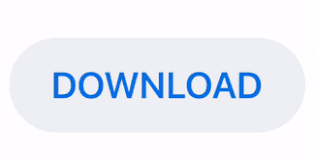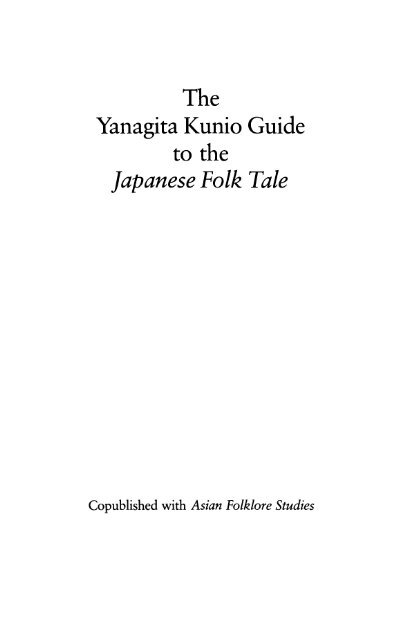
Now say “da, da, da.” This spot where your tongue touches the roof of your mouth is actually where you flick off from to create the “r” sound in Japanese! How Many Letters are in the Japanese Alphabet? Say “la, la, la” and notice where your tongue flicks off from behind your teeth.

The main sound that English speakers struggle with is the Japanese “r.” It’s pronounced between an “l” and an “r”, almost like the soft “r” sound from Spanish. Japanese contains almost no new sounds for English speakers, whereas English has many sounds not found in Japanese. The sounds in the Japanese alphabet are one thing that makes Japanese easier for English speakers to learn than for Japanese speakers to learn English. There is also the combined letters ch - the letter “c” is never used on its own. And you’ll use these consonants: k, g, s, z, j, t, d, n, h, f, b, p, m, y, r, w. When Romanizing Japanese (that is, writing Japanese words with English letters, also called romaji), you will only use the vowels a, i, u, e, o. The Japanese alphabet actually contains fewer letters than the English alphabet! I’ll start by answering questions that language learners often ask about why Japanese is written the way it is. What are the Letters of the Japanese Alphabet? Here’s everything you need to know about the Japanese alphabet to get started. In fact, you could learn it in a day if you tried! After all, these are part of the four main skills you need to reach fluency!Īnd despite what you might think, learning the difference between the Japanese writing systems and understanding the basics are quite simple.


One of the best ways to start studying is to learn the basics of reading and writing in Japanese. Japanese is not as hard as you think - in fact, you can learn Japanese, fast. Think learning the Japanese alphabet is impossible? Learning a foreign language is already intimidating, but learning a language that has three systems of writing? Full disclosure: This post contains affiliate links.


 0 kommentar(er)
0 kommentar(er)
